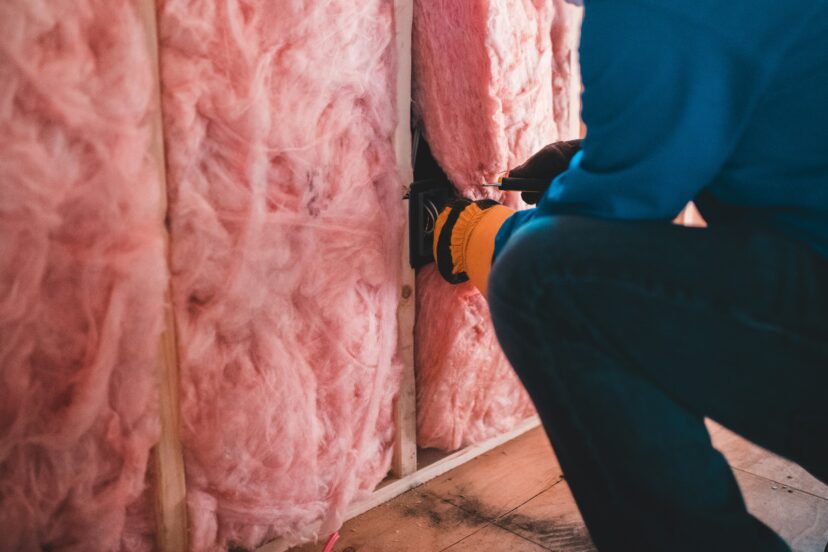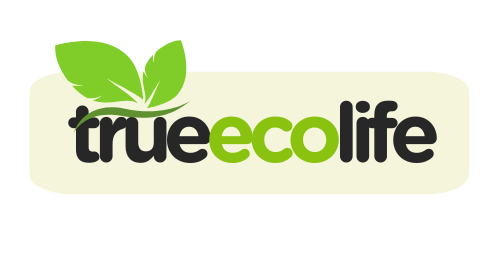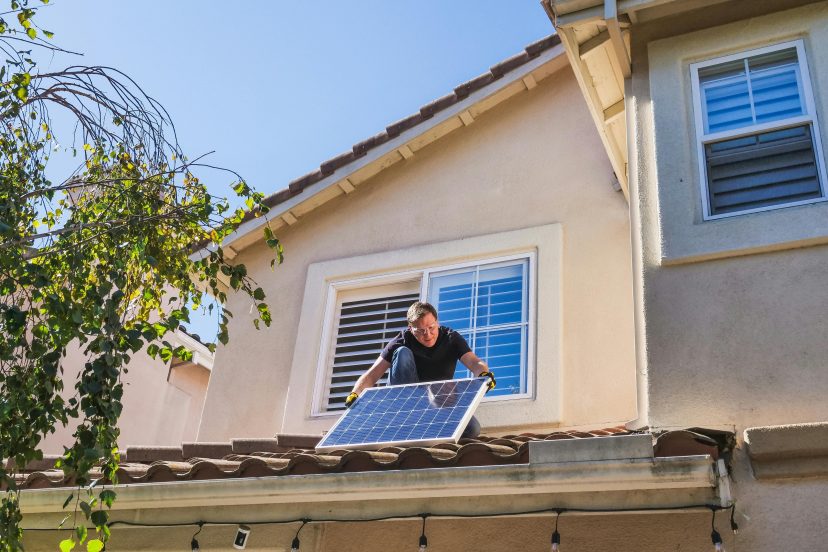Sustainable Homes Methods: Smart Ways to Build Green
We may earn a commission for purchases made using our links. Please see our disclosure to learn more.
With energy costs climbing and climate concerns growing louder, many homeowners face a frustrating dilemma: how do you create a comfortable, stylish home without harming the planet? It’s easy to feel overwhelmed, thinking you need to go fully off-grid or spend a fortune on futuristic upgrades. But here’s the truth—sustainable homes methods aren’t just eco-buzzwords; they’re practical tools for everyday living. From the layout of your space to the materials in your walls, small, smart choices can lead to big improvements in efficiency, comfort, and impact. Whether you’re building from the ground up or just making thoughtful swaps, this guide will show you simple, proven ways to make your home greener—starting right now.
Key Sustainable Building Methods for Modern Homes
Passive Solar Design
Passive solar design is one of the most efficient and low-maintenance sustainable home methods. This method makes use of the materials, orientation, and layout of your house to naturally control the temperature inside. While appropriately sized roof overhangs keep interiors cool in the summer, homes with large, south-facing windows can absorb the winter light.
When your house is built to adapt to the changing seasons, you will require less heating and cooling. When combined with thermal mass materials, such as stone or brick, which retain heat during the day and release it at night, you can have year-round comfort with little energy consumption.
Insulation and Airtight Construction
Insulation is like a cozy sweater for your house. It’s one of the most important sustainable homes methods for reducing heat loss in winter and keeping cool air in during summer, cutting energy use and costs. Modern sustainable homes use advanced, eco-conscious insulation like:
- Cellulose (made from recycled paper)
- Sheep’s wool
- Cotton denim
- Aerogel
In addition to insulation, airtight construction prevents drafts and energy loss. This means sealing gaps around windows, doors, outlets, and pipes. Not only does this reduce heating and cooling demands, but it also improves indoor air quality by keeping pollutants out.

Sustainable Building Materials
Using renewable or recycled materials reduces the strain on natural resources. When choosing materials for your home, look for options that are:
- Locally sourced (to reduce transportation emissions)
- Non-toxic (low or zero-VOC paints and finishes)
- Durable and long-lasting (which lowers future waste)
Examples include:
- Reclaimed wood for floors or beams
- Bamboo for cabinetry and furniture
- Cork for flooring
- Recycled glass tiles for kitchens and bathrooms
Water Conservation Techniques
Water-saving strategies are vital, especially in areas prone to drought or water restrictions. Fortunately, you can reduce your water usage without making big sacrifices. Consider:
- Low-flow fixtures: Faucets, showerheads, and toilets that use less water but maintain strong pressure.
- Rainwater harvesting: Collect rainwater in barrels or underground tanks for use in irrigation or flushing toilets.
- Greywater systems: Repurpose greywater from sinks or showers to water your garden or lawn.
These solutions help you conserve a precious resource and lower your utility bills in the process.
Renewable Energy Systems
Installing renewable energy is one of the most powerful sustainable home upgrades. Solar energy is now more budget-friendly and easier to install than ever before. Homeowners are now adding:
- Rooftop solar panels
- Solar water heaters
- Wind turbines (in rural areas)
- Geothermal heating systems
Even a small solar setup can drastically reduce your reliance on the grid. And if you generate more power than you use, some states let you sell the excess back—putting money in your pocket.
Smart Technology for Efficiency
Sustainable homes aren’t just about what you build with—they’re also about how your home operates. Smart home tech can help you save energy effortlessly:
- Smart thermostats learn your schedule and optimize heating/cooling.
- Smart plugs turn off unused devices to prevent phantom energy draw.
- Energy monitors let you track usage and make informed adjustments.
Automation brings convenience and savings together in one sleek package.
Top Picks for Greener Living
Ready to make some immediate, affordable upgrades? These popular Amazon finds are perfect for boosting your home’s sustainability without any major renovations:
Jackery Solar Generator 500
A compact, reliable source of solar backup power—great for emergencies, travel, or off-grid cabins.
High Sierra Low Flow Showerhead
Delivers powerful water pressure while using just 1.5 gallons per minute.
ecobee Smart Thermostat
Automatically adjusts your temperature settings based on your routines and even the weather.
Philips Hue Smart LED Bulbs
Energy-efficient bulbs you can control from your phone. Great for ambiance and savings.
Utopia Kitchen Stainless Steel Compost Bin
A stylish, odor-blocking bin perfect for daily food scraps and indoor composting.

What Science Says About Eco-Friendly Construction
Still wondering if all these changes actually make a difference? Research says yes.
A scientific review on net-zero energy buildings, published by the National Library of Medicine, highlights how combining solar energy systems, energy-efficient appliances, and well-insulated structures significantly reduces energy consumption and operational carbon emissions. The review confirms that homes built with these methods not only reduce environmental impact but also save homeowners thousands over time.
Meanwhile, a report by the New York Post on passive design architecture shares insights into the rise of passive house standards. It cites data from the Passive House Institute, showing that homes built with passive strategies—like airtight envelopes and solar heat gain—can cut energy use by up to 80%, all while enhancing indoor comfort and reducing reliance on mechanical systems.
Together, these findings make it clear: sustainable homes methods are backed by solid evidence and deliver long-term benefits for both the environment and your energy bills.
Final Thoughts
You don’t need a full renovation to make your home more sustainable. Small upgrades—like switching to LED bulbs, sealing air leaks, or using a smart thermostat—can lead to big energy savings over time. Choosing eco-friendly materials and cutting back on waste adds up faster than you think. Even alternative living spaces like capsule homes prove that sustainable living is possible in compact, efficient ways. What matters most is beginning with small steps using the resources already around you. Every conscious decision moves you closer to a healthier home and a lighter footprint on the planet. By exploring practical and affordable sustainable homes methods, you’re investing in a future that’s not only greener—but smarter too.
FAQs
1. What’s the first thing I should do to make my home more sustainable?
Start with energy efficiency. Swap in LED lights, install a smart thermostat, and seal drafty windows or doors.
2. Does it cost extra to build a sustainable home?
Upfront, it might cost slightly more. But over time, you save significantly through lower energy and water bills.
3. Can I make my old home eco-friendly?
Yes! Even older homes can be retrofitted with sustainable upgrades like better insulation, low-flow fixtures, and solar panels.
4. What is a passive house?
It’s a building standard that focuses on extreme energy efficiency through insulation, airtightness, and passive solar heating.
5. Are sustainable homes healthier to live in?
Absolutely. They often have better air quality, fewer toxins (like VOCs), and more natural light—all of which boost well-being.




